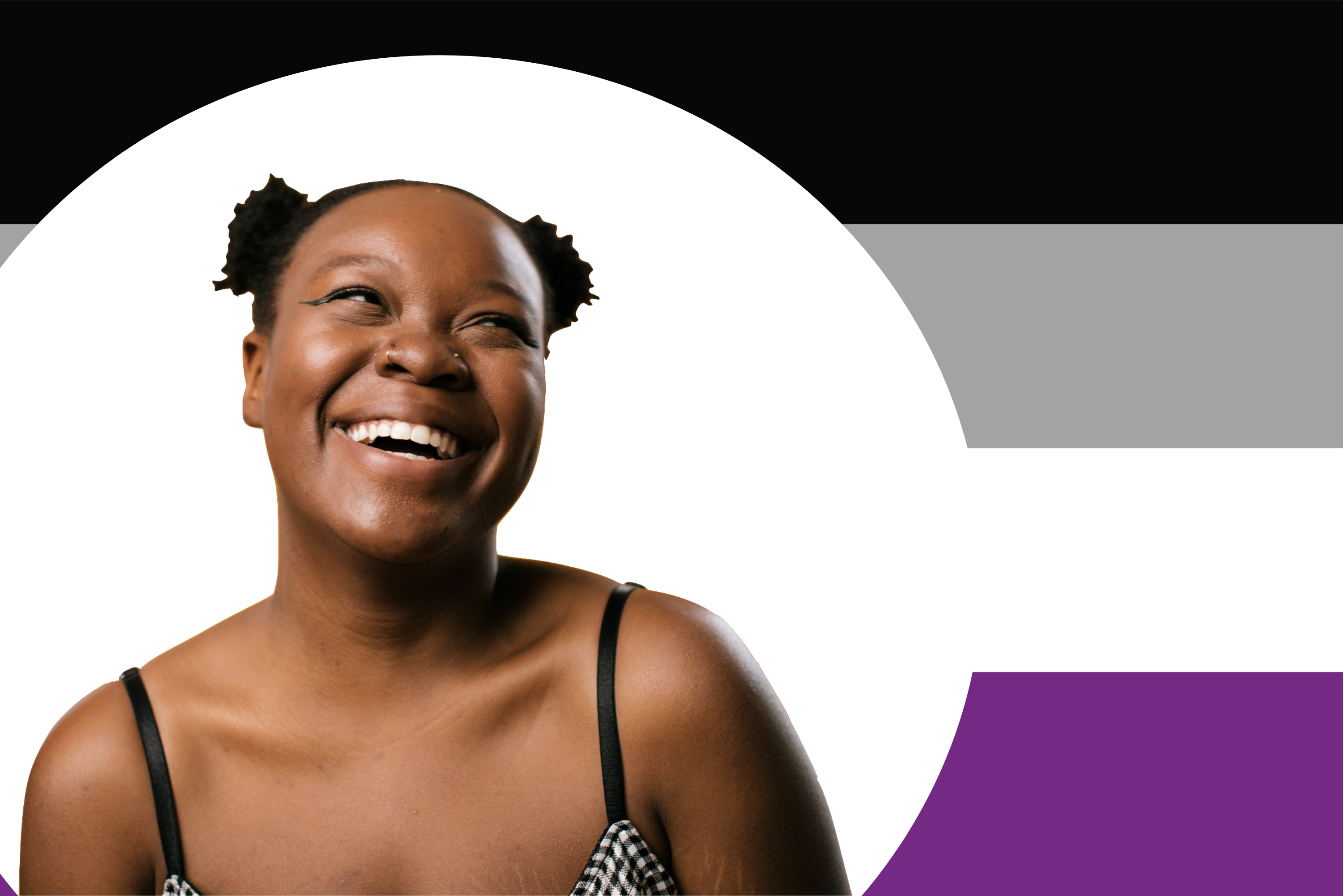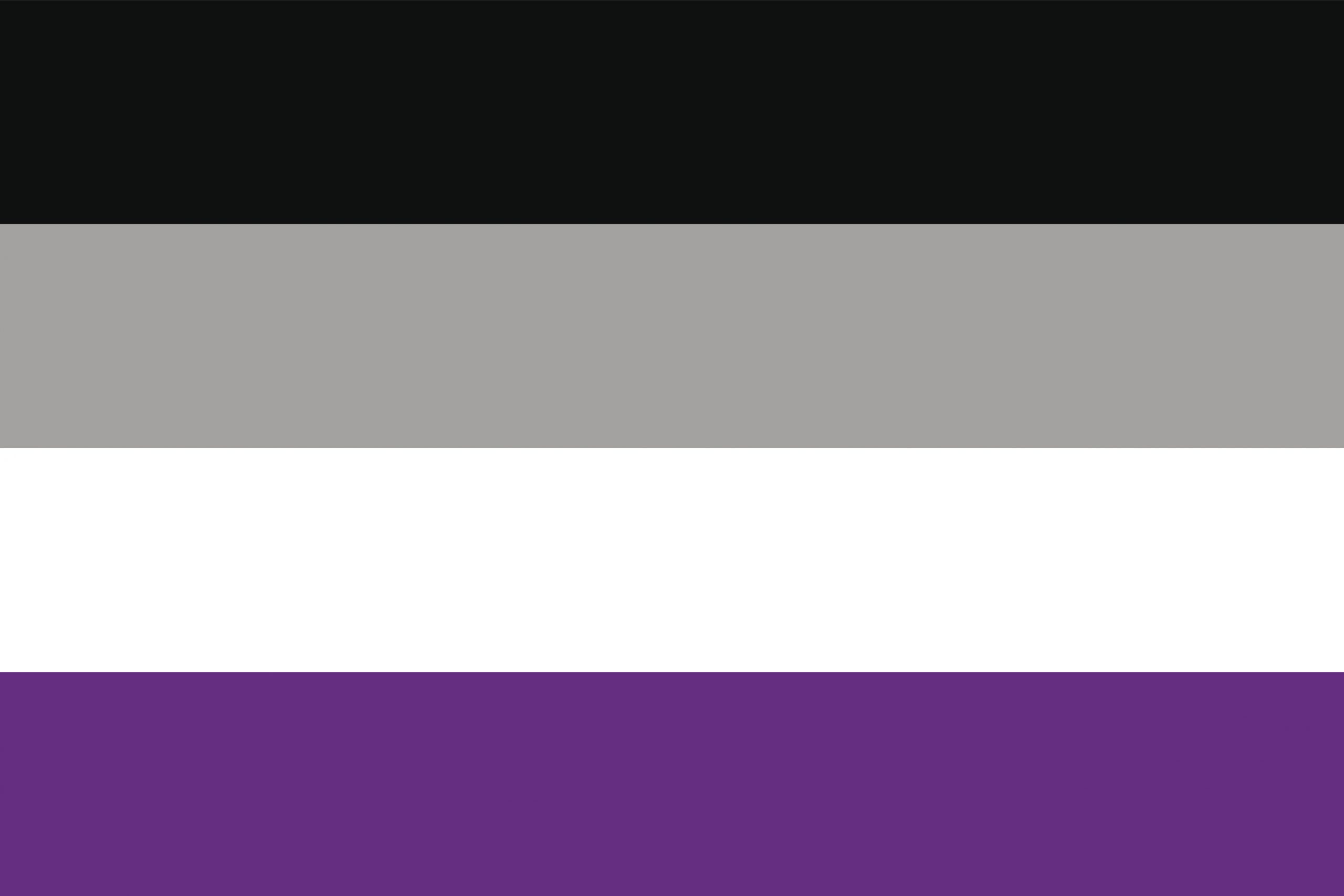What does asexual mean?
The phrase was coined in the 1800s - here's what it means today


What does asexual mean? While the term was first coined in the late 1800s, the definition for asexuality was only entered into the dictionary in 2017.
Far from being a ‘new thing’ or an attempt to appear 'woke', historians say that asexuality has been around since the first humans were born - alongside all other sexual preferences. In recent years though, better representation of LGBTQ+ people in the media - from Netflix’s Sex Education to real-life celebrities coming out - has meant that our understanding of this unique identity has grown momentously.
So whether you’ve heard the word and don’t know what it means, or are wondering how to talk to your child about sex, this is what the experts and those who identify as asexual want you to know.
What does asexual mean?
An asexual person is someone who does not experience sexual attraction in any way, The Asexual Visibility and Education Network (AVEN) explains. “Unlike celibacy, which is a choice to abstain from sexuality activity,” they say, “Asexuality is an intrinsic part of who we are, just like other sexual orientations.”
Importantly, it’s an umbrella term - meaning that people who identify as asexual may not identify with the above definition. For example, included in the umbrella of asexuality are demisexual people. Those who identify with demisexuality only tend to experience sexual or romantic feelings for those with who they have a close, emotional bond.
It’s also not definitive. Just as a person who identifies as a lesbian might also be asexual, i.e. they exclusively experience romantic attraction to women, each person’s identity is individual and asexuality means different things to different people.
And there are actually more asexual people in the world than you may think, given the overidingly sex-focused representation of relationships in the media. While estimates are limited due to research and numbers vary by population, the most widely accepted figure is that 1% - roughly 79 million people across the world - are asexual.
GoodtoKnow Newsletter
Parenting advice, hot topics, best buys and family finance tips delivered straight to your inbox.
What is the asexual flag?
The asexual flag is made up of four horizontal, coloured lines. The colours are black on the top row, grey and white in the middle, and purple on the bottom.

Designed by a member of AVEN’s forum boards, known only as “standup”, the flag has been the official representation of the asexual community at Pride events since 2010.
The black, grey, white and purple colours were chosen due to their link with the organisation. But what do the colours on the asexual flag mean?
- Black: Asexuality
- Grey: Greysexuality and demisexuality
- White: Non-asexual partners and allies
- Purple: Community
What is asexual heteromanticism?
Asexual people can also be heteromantic, which means they don’t want a sexual relationship with someone but may want a romantic relationship with a partner of the opposite sex.
A study by Brock University, conducted in 2004, found that actually out of 195 self-identified asexual people in the UK, 44% were currently in a long-term relationship or had been previously.
It’s a statistic that may be surprising to some. But it shouldn’t be, says communications expert at The Proud Trust Molly Houghton. “It comes down to splitting your romantic and sexual attraction into two different things. They are often not completely synonymous with each other,” she says. “You’re not destined to be ‘alone forever’ as the media often shows just because you might not experience sexual attraction.
“You can have as much of a healthy, fulfilling and gratifying relationship with anyone you find romantically attractive as anyone else.”
That relationship might operate differently to the ones that your friends have or the ones that you see on television. But “that would happen regardless of sexuality as well” since every relationship is unique, she says.
Those who don’t experience sexual desire or romantic attraction may refer to themselves as asexual and aromantic. However, labels and whether someone uses them is totally up to the individual.
What is asexual biromanticism?
In a similar way, people can be asexual and biromantic. This means that don’t want to have sex with anyone - regardless of gender. But they may want a relationship with someone who identifies as their gender or another gender.
Biromantic people may have a gender preference, Molly explains, “but they find people of different genders attractive. The word bisexuality is also often useful as an umbrella term for people who find multiple genders attractive.”
Is it healthy to be asexual?
Yes, it’s completely biologically healthy to be asexual. Healthy asexuality is not experienced as a problem, loss or a disorder, a groundbreaking 2016 study by the Department of Obstetrics and Gynaecology at the University of British Columbia confirms. They say that there is “no evidence to suggest that asexuality is a psychiatric disorder, sexual dysfunction, or paraphilia.”
Some people may believe it to be due to a lack of positive asexual representation in the media until recently. “I think it’s a big question for everyone,” Molly confirms. “Media and LGBT media specifically can be really heavily sexualised. I think people perceive it as such that they often don’t see great ace [asexual] representation.”
https://www.facebook.com/NetflixSouthAfrica/videos/sex-education-s2-asexuality/712982515772323/
More diverse representation is slowly coming through. “I think one show that’s done it really well is Sex Education,” she adds. “They included an asexual character in a show that’s all about sexuality as a young person. And they discuss it really well. It’s absolutely healthy and as much a part of the LGBT community as you want it to be really.”
How do I know if I’m asexual?
Figuring out whether you’re asexual - or any kind of sexual orientation other than straight - may not be entirely straightforward. You may also change your mind over time. But it’s also not a journey that you need to rush, says Molly.
“I think asexuality is a really interesting one as it’s a broad spectrum,” she explains. “Whether it’s people who have little to no sexual attraction or those who identify as demisexual, for instance, which is where they have to have a strong bond with someone for a relationship or sexual activity.”
If you wondering if you might be asexual, think to yourself:
- Is this something I feel?
- Is this something that I don’t feel right now?
- Or is it something that I can never see myself feeling?
But these are also questions you may not have answers to straight away. “It’s about acknowledging that it’s something you might feel. But also that the feeling might change, depending on how and when you grow.”
Related features:
How to talk to children about coming out What is pansexuality?
Video of the Week:

Grace Walsh is a health and wellbeing writer, working across the subjects of family, relationships, and LGBT topics, as well as sleep and mental health. A digital journalist with over six years experience as a writer and editor for UK publications, Grace is currently Health Editor for womanandhome.com and has also worked with Cosmopolitan, Red, The i Paper, GoodtoKnow, and more. After graduating from the University of Warwick, she started her career writing about the complexities of sex and relationships, before combining personal hobbies with professional and writing about fitness.